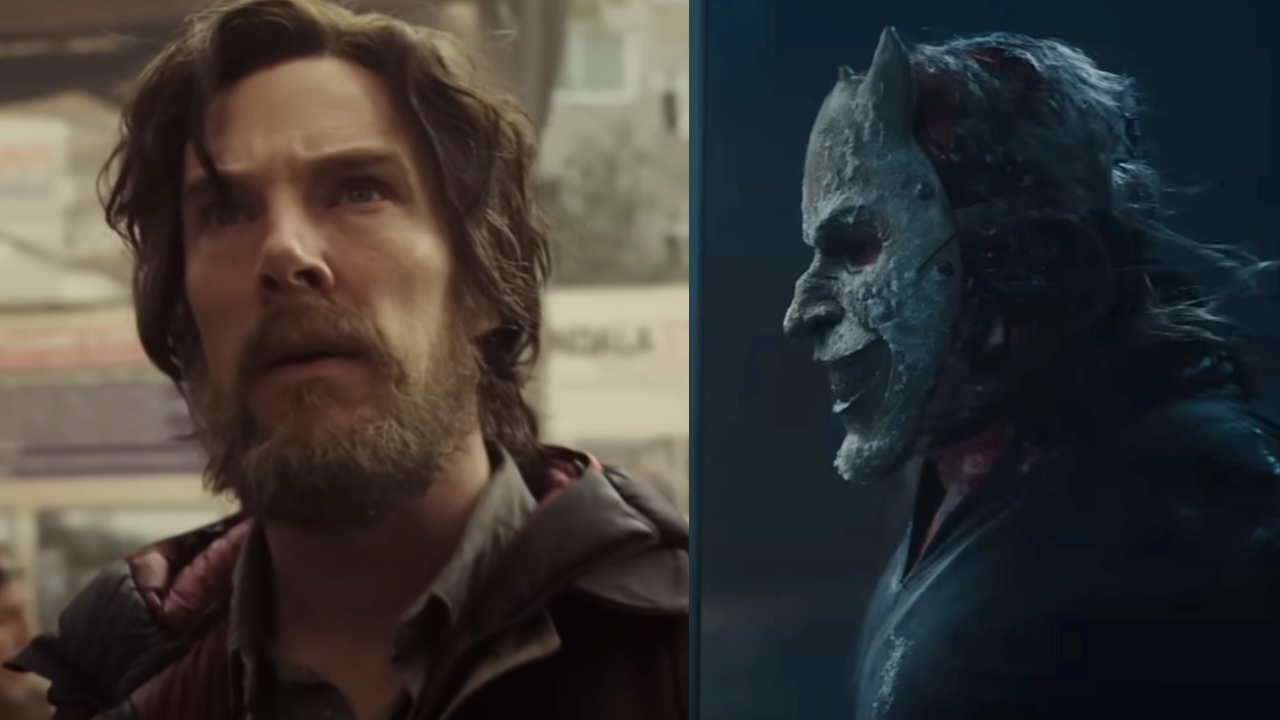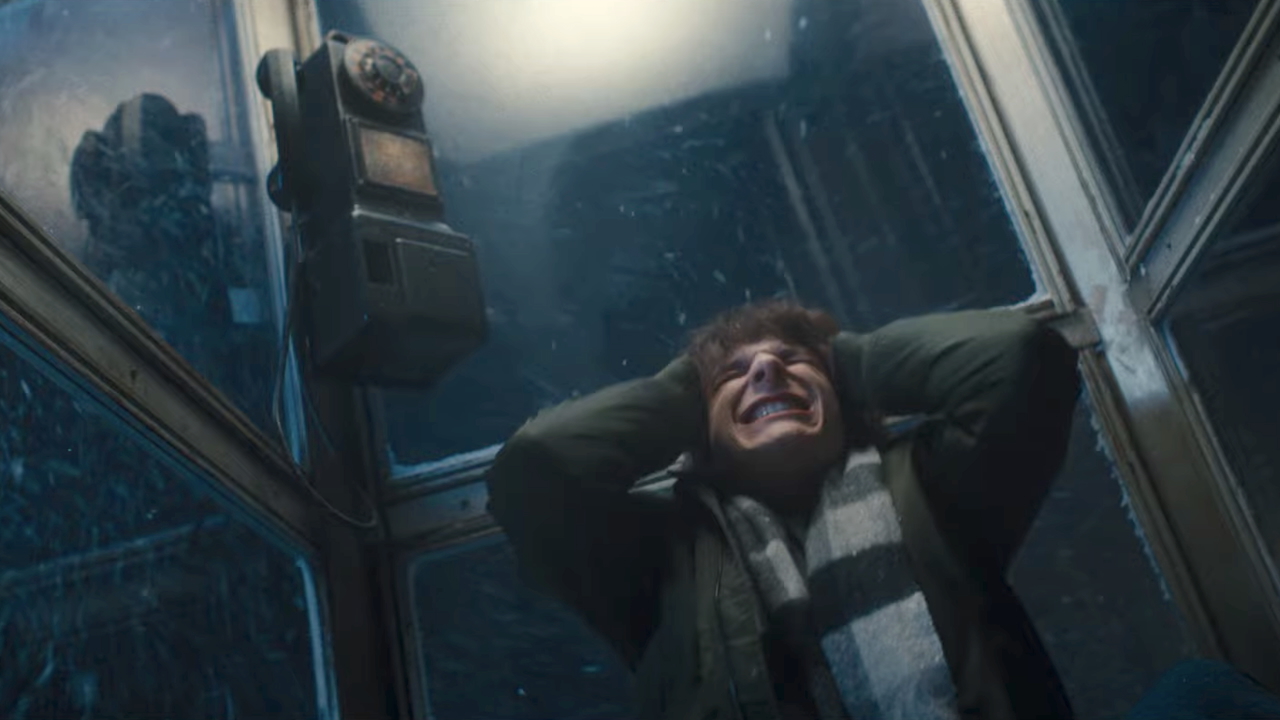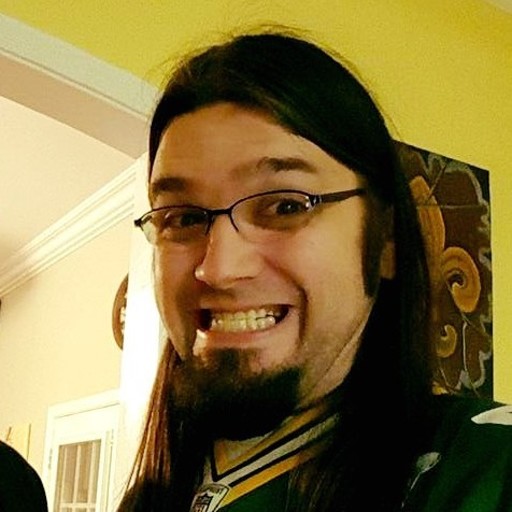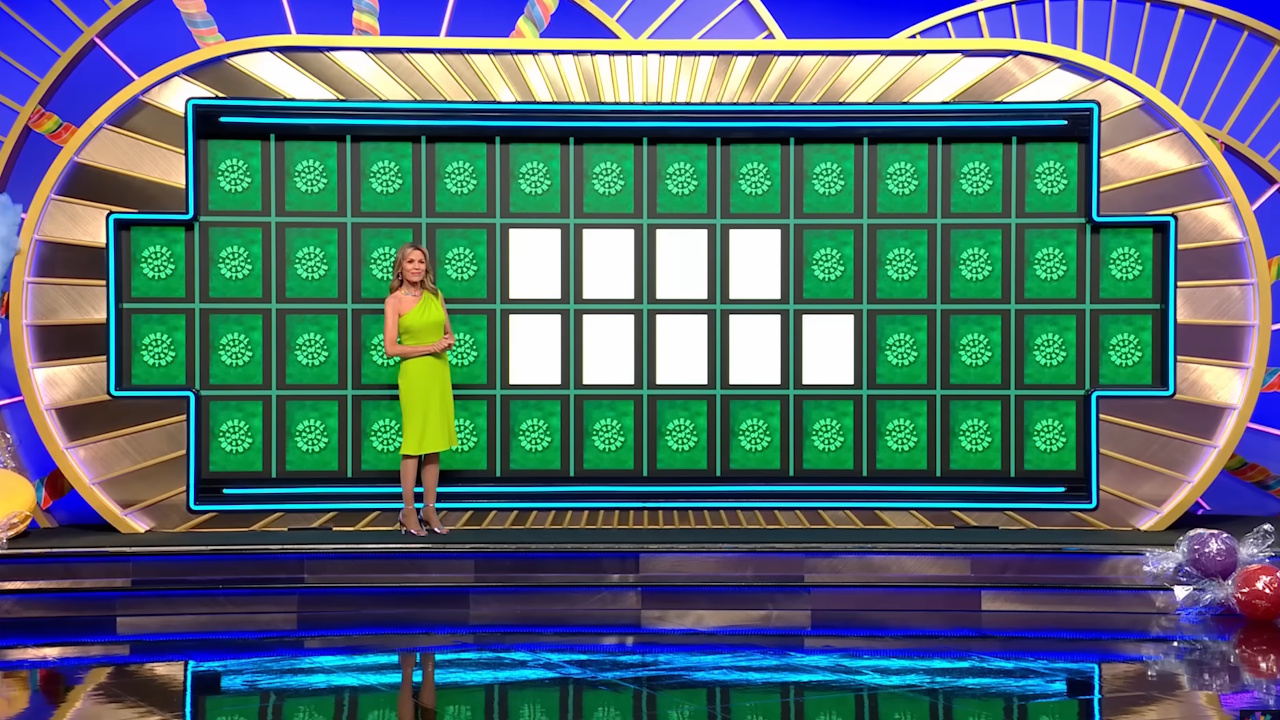Black Phone 2's Scott Derrickson Talks The Challenges Of Going Bigger With The Horror Sequel, And I Think His Doctor Strange Comparison Checks Out
The Grabber is all madness, not so much multiverse.

We may live in a world where mobile devices are standard, but over in the 1980s timeline of Scott Derickson’s Black Phone 2, one doesn’t always need wires, cell towers, or any power at all for phone calls to go through. So it goes for Finney and Gwen Blake, who once again find themselves wrapped up in a supernatural fright fest spawned by Ethan Hawke’s kidnapper-turned-spectre The Grabber. But just because it’s happening again doesn’t mean audiences should expect a similar story, because Derrickson utilized a different bag of tricks here.
Scott Derrickson talked to SFX on CinemaBlend about going back to bat for the second sequel of his career thus far — the first being his directorial debut, 2000’s Hellraiser: Inferno — with a pronounced focus on not just repeating the same elements that made the first film so effective. For instance, he and screenwriter C. Robert Cargill chose to transition The Grabber from a corporeal monster into a supernatural nightmare, making the upcoming Blumhouse movie that much more unpredictable, while also allowing for a larger scope. As the director put it:
This one’s got a lot more scale and scope to it. Technically, it’s one of the most complex movies I’ve made. It was a real technical achievement to get everything on screen that I wanted to get on screen.
A lot of what he's referring to stems from the film's frequent switches from traditional film stock to Super 8 footage. Derrickson previously talked to CinemaBlend about using Super 8 footage in his films, with Sinister being the more prominent example before this sequel. As well, the change in setting to a remote summer camp in the snow presented its own challenges.
All in all, Derrickson considers it as big a cinematic achievement as his other accomplishments, and in that way, he points out that his MCU film Doctor Strange is the most comparable, just on a grander scale given that film's more sizable budget. As he put it:
That’s actually the closest movie I can compare it to in my experience of making it. With Doctor Strange, you have such massive financial resources and unlimited visual effects capabilities, but with this, I was doing a lot that was much more ambitious than the first movie, but had real budget constraints. What we did with lenses, film stocks, sound design and score, all of that became so intricately interwoven.
Audiences will need to hit up theaters to see and hear exactly what he's talking about, as I won't be the one to give away anything spoilery. But I think it's safe to say all of the elements he brings up are used in effective ways that do give the sequel more of a dream-like aura not unlike an Elm Street movie. It's not buildings folding in on buildings like Doctor Strange, obviously, which is a good thing for the grounded scares here.

In the end, Scott Derrickson convincingly sounds like he had zero regrets with the finished product, saying:
And then with some of the bigger set-pieces, especially toward the end, a lot was really hard to pull off on the budget we had. It was really, really satisfying that I felt like I got everything I wanted. The movie’s 100% the movie I wanted it to be.
For all that big-budget sequels tend to lean hard on massive set pieces and cartoonishly heightened situations, the Black Phone 2 creative team chose to veer away from heightening some elements that made the first film memorable. As Derrickson put it:
Get sneak previews, exclusive competitions and details of special events each month!
I didn’t want to intensify the violence and horror to be more edgy. I was interested in being more mature, going deeper into the emotions of these characters and trying to make a movie that worked as a pair.
He purposefully held off until co-stars Mason Thames and Madeline McGraw were a few years older, so that he could tell an older coming-of-age story with Finney and Gwen as more matured teens. To me, the wait was worth it, and there is indeed an added emotional element to catching up with characters years after such a baffling trauma.
Derrickson did technically return to the world of The Black Phone already with his segment in the horror anthology V/H/S/85, which was indeed a different approach, even if it obviously wasn’t as fully fleshed-out as the ideas brought to life in the second feature. (Speaking of, sorta, check out our review for V/H/S/Halloween, which had its world premiere at Fantastic Fest the night before Black Phone 2 debuted.)
Black Phone 2, which already got a stamp of approval from Stephen King, is set to hit theaters on Friday, October 17. Will you answer the call?

Nick is a Cajun Country native and an Assistant Managing Editor with a focus on TV and features. His humble origin story with CinemaBlend began all the way back in the pre-streaming era, circa 2009, as a freelancing DVD reviewer and TV recapper. Nick leapfrogged over to the small screen to cover more and more television news and interviews, eventually taking over the section for the current era and covering topics like Yellowstone, The Walking Dead and horror. Born in Louisiana and currently living in Texas — Who Dat Nation over America’s Team all day, all night — Nick spent several years in the hospitality industry, and also worked as a 911 operator. If you ever happened to hear his music or read his comics/short stories, you have his sympathy.
You must confirm your public display name before commenting
Please logout and then login again, you will then be prompted to enter your display name.
